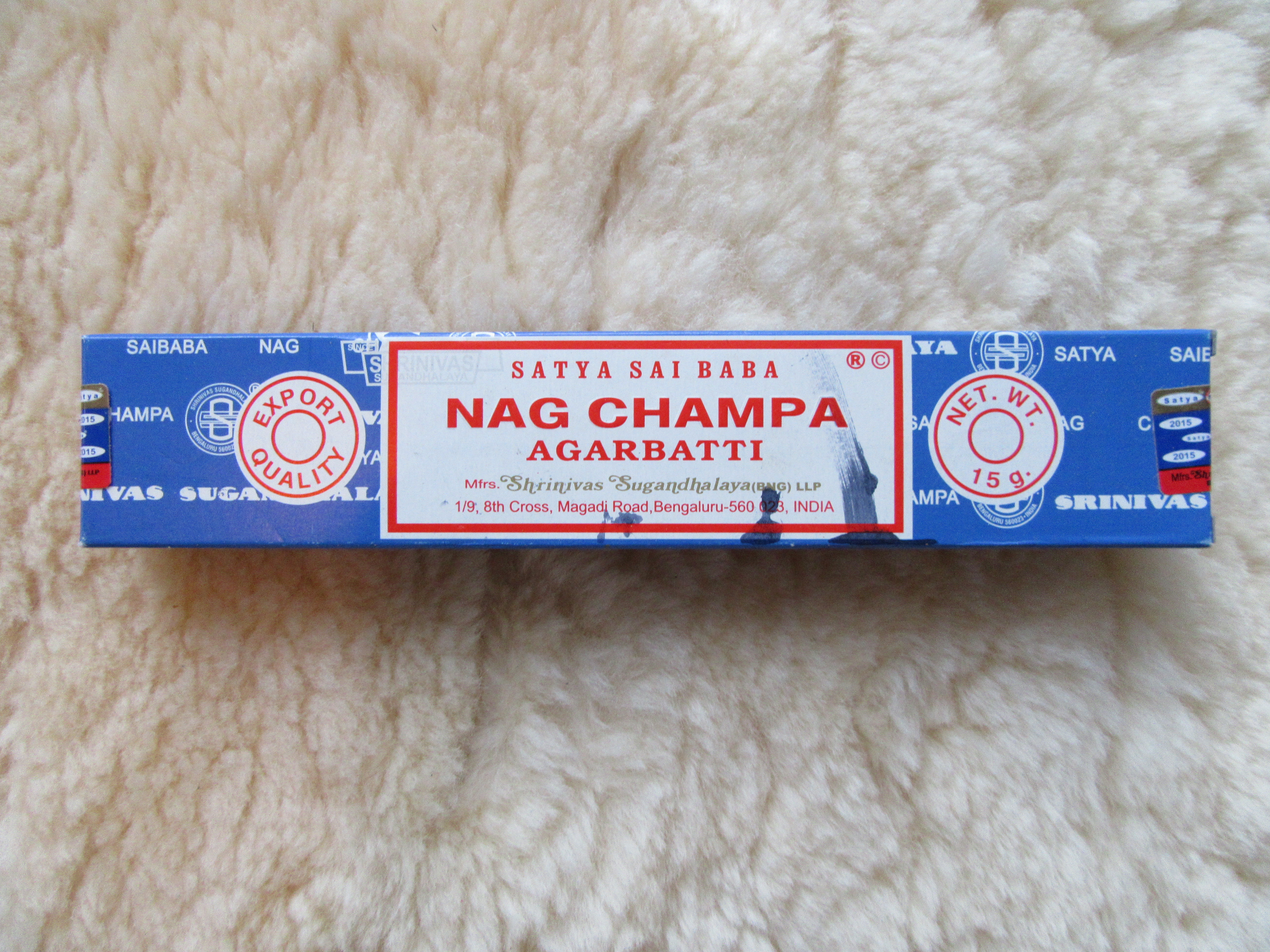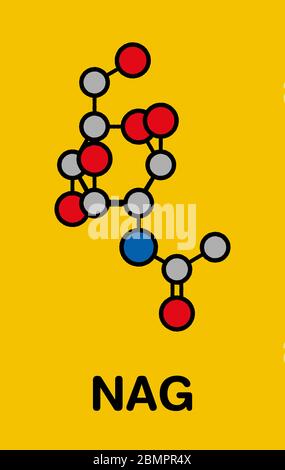


Taking N-acetyl cysteine by mouth might improve irritability in children and adolescents with autism. IV products can only be given by a healthcare provider. Taking N-acetyl cysteine by IV also seems to help prevent nitroglycerin tolerance, but it might increase the risk for headaches and low blood pressure. Taking N-acetyl cysteine by mouth or by IV seems to improve chest pain when used with the drug nitroglycerin. Prescription N-acetyl cysteine products are available under the guidance of a healthcare provider. It may allow for N-acetyl cysteine in dietary supplements as long as no safety issues come up. But as of August 2022, the FDA is considering changing this stance. Although many dietary supplement products contain N-acetyl cysteine, the US FDA has stated that it's illegal for dietary supplements to contain N-acetyl cysteine since it's technically an approved drug. There is also no good evidence to support using N-acetyl cysteine for COVID-19. It is also used for flu, dry eye, and many other conditions, but there is no good scientific evidence to support many of these uses. People commonly use N-acetyl cysteine for cough and other lung conditions. It works by binding the poisonous forms of acetaminophen that are formed in the liver. As a drug, it's used by healthcare providers to treat acetaminophen ( Tylenol) poisoning. N-acetyl cysteine is an antioxidant that might play a role in preventing cancer. NAC has many uses and is an FDA approved drug. Amino acids are building blocks of proteins.

Better tolerated than glucosamine sulfate for those sensitive to sulfur.N-acetyl cysteine (NAC) comes from the amino acid L-cysteine.Provides a key building block molecule for connective tissue formation.Supports gastrointestinal function by enhancing mucosal integrity.Although located on the cell’s exterior surface, NAG is important for cell function. As a major contributor to the glycocalyx, NAG is involved in cell-to-cell attachment, contributes to the cell surface antigen patterns, and augments receptor functions. The glycocalyx is a layer of carbohydrate and proteins complexed together, sometimes also with lipid components, and anchored in the outer cell membrane. NAG is a nutrient, an intermediary metabolite, and a component of the glycocalyx coat carried by all the body’s cells. N-Acetyl-Glucosamine (NAG) is a simple amino sugar, a monosaccharide with an amino group as part of its structure. Lowest Retail Cost Allowed by Manufacturer. PRICE INCLUDES SHIPPING (within US-only).


 0 kommentar(er)
0 kommentar(er)
